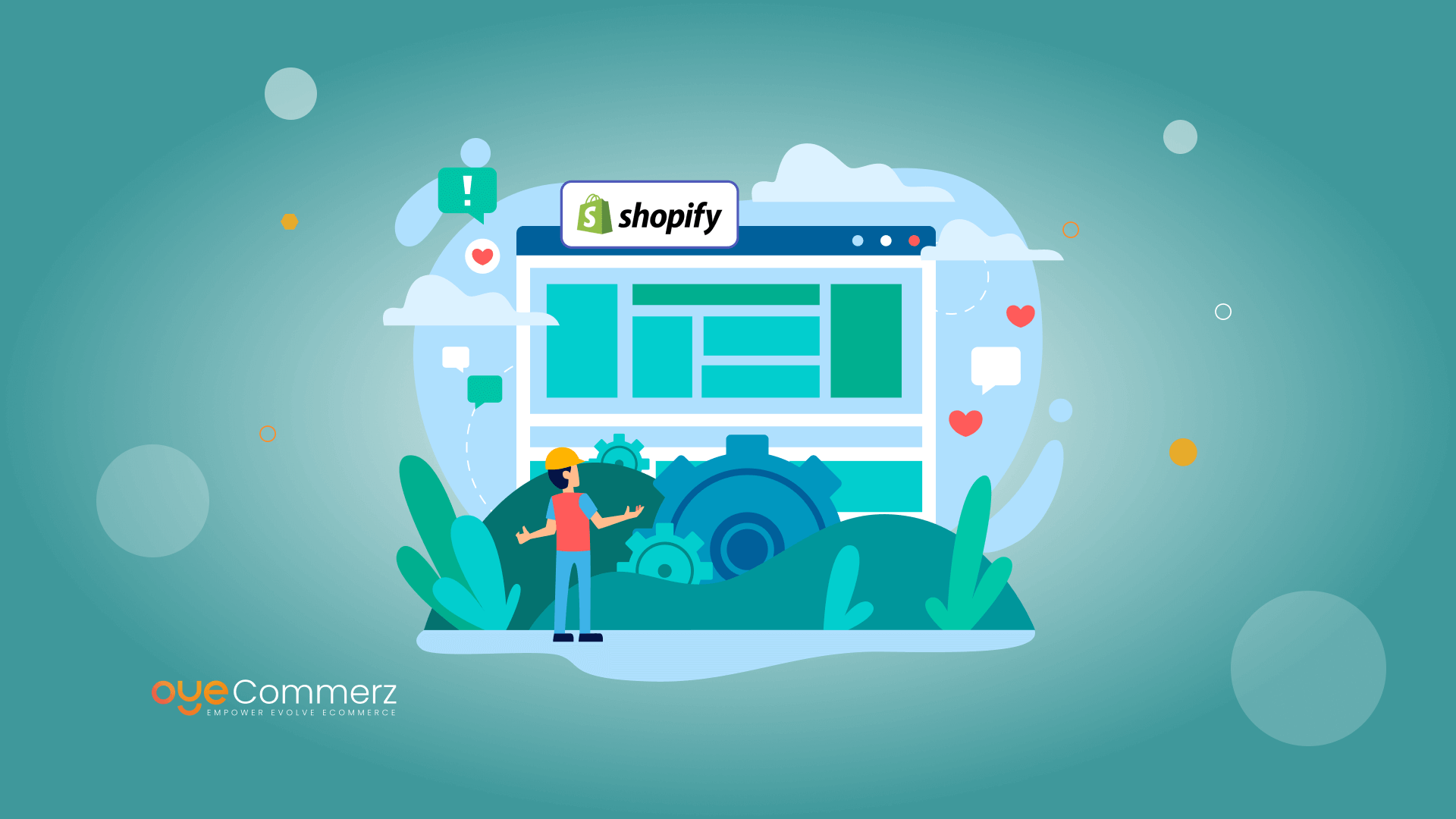Maximize Sales and Productivity with Personalized Shopify Apps Built to Scale
Maximize Sales and Productivity with Personalized Shopify Apps Built to Scale
Blog Article

Starting Point
In today's competitive e-commerce landscape, Shopify store owners are always looking for ways to boost profits and streamline their business processes. One powerful solution is through custom Shopify apps tailored to meet unique business needs. Syncing with the Shopify API and utilizing platforms like the Polaris design system, these apps enable organizations to scale efficiently while boosting customer experience. In this blog, we’ll dive into important facets of Shopify app-building, from design factors and core functionalities to effective methods for supporting and scaling apps effectively.
1. Grasping Shopify API Linkage
A comprehensive understanding of Shopify’s API—including Representational State Transfer and Graph Query Language—is key for building robust Shopify apps. With these APIs, programmers can fetch, modify, and administer details within a Shopify store. The GraphQL API offers efficient data management, enabling quicker replies by obtaining only the required elements. Linking to the API permits app creators to customize app functionality to the company’s unique requirements, providing a integrated UX that boosts store efficiency and income.
2. Leveraging the Polaris framework
Shopify’s design system helps app creators to design a consistent and user-friendly interaction across Shopify apps. Polaris provides a suite of components and recommended practices that complement Shopify’s design language, creating apps look native within the Shopify interface. This approach goes beyond aids smooth customer touchpoints but also helps ensure brand consistency, an critical aspect in fostering trust with users.
3. Building within the Shopify App Ecosystem
The Shopify app ecosystem is broad, permitting app creators to build built-in Shopify apps that operate inside a shop's control interface. Integrated applications simplify the user experience by incorporating seamlessly within Shopify’s dashboard, reducing the need for separate logins or additional navigation. For programmers, leveraging Node.js for server-side processes and React for the user interface has emerged as a preferred option, as such tools allow expandable, adaptive apps that provide an optimal user experience.
4. Essential Elements for Shopify Apps
A high-performing Shopify application requires features that address critical challenges in the e-commerce journey. Real-time alerts for instant updates, custom theme customization options, and omnichannel retailing capabilities are essential aspects that can improve store management and customer experience. By implementing these features, Shopify apps go beyond optimize business processes but also enhance the end-user satisfaction.
5. Key Strategies for Application Building
When developing Shopify apps, it’s crucial to maintain industry best practices. App maintenance strategies such as consistent improvements, customer support, and security patches are vital for sustaining customer loyalty. Promotional efforts for Shopify applications can also be utilized to enhance app exposure and adoption. User retention strategies, including app alerts and incentive plans, are important for retaining users and creating a dedicated following.
6. Expanding Shopify Applications for Future Demand
As Shopify shops scale, growing digital shopping experience app performance becomes essential to handle increased traffic and feature requests. Adopting serverless architecture and emphasizing data management through Graph Query Language can enable applications grow without performance issues. It’s just as crucial to have a roadmap for expanding the app’s infrastructure to manage expansion, that involves a list for selecting a development partner with background in Shopify apps.
7. Examining the Expense of Creating Shopify Applications
Developing tailored Shopify apps can range broadly in cost depending on the capabilities, connections, and customization needed. Essential elements like API integrations, client-facing features, and digital marketing capabilities can drive up costs. However, the profit potential is often worthwhile, as these apps can significantly enhance revenue and optimize business processes.
8. Upkeep Approaches
Maintaining an app is as important as initially building it. Frequent patches to fix bug fixes, boost safety, and keep alignment with the current Shopify framework are important. Forward-thinking upkeep methods custom Shopify apps also feature user assistance and function upgrades that align with evolving e-commerce trends.
9. Tools for Creating Shopify Applications
Shopify provides various tools to ease the creation workflow, from coding environments like Node.js and React.js framework to automated notifications for instant alerts. Resources such as Shopify’s CLI enhance the app creation path, while Shopify App Bridge allows embedded apps to interact seamlessly with Shopify’s management dashboard. Such tools are essential for creating apps that are both operational and intuitive.
10. Future Trends in Shopify App Development
The outlook of Shopify application building is bright, with new directions moving towards AI-powered features, enhanced omnichannel capabilities, and improved app extension options. As digital retail continues to evolve, programmers will be required to anticipate these trends to create applications that don’t just meet but surpass user expectations.
Final Thoughts
Custom Shopify apps give a effective way for online stores to scale efficiently, increase revenue, and streamline operations. From connecting with data interfaces and the Polaris design system to core elements and maintenance strategies, every component of Shopify app development plays a important role in delivering a seamless journey for customers. As Shopify moves forward, keeping up with upcoming innovations in software building will allow organizations maximize Shopify’s powerful ecosystem, solidifying their standing in the e-commerce market.
Report this page